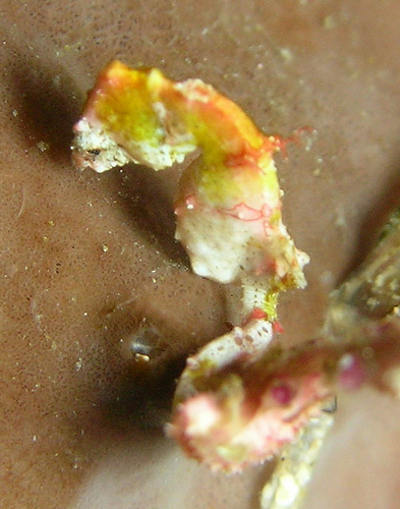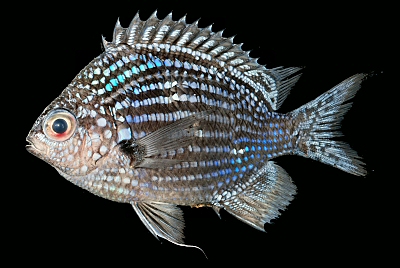Every year, the International Institute for Species Exploration at Arizona State University and an international committee of taxonomists announce the top 10 new species described in the past year, and this year was a good one. We have among others the bacteria that lives in hairspray, the oldest known vertebrate (fossilized), an insect 56 cm long. But let’s take them all one at a time, not before mentioning that scientists have issued a SOS – State of Observed Species – report.
- No matter how much wisdom scientists try to “spray” on us, some things surprise even them; such was the case with the extremophile bacteria discovered by Japanese researchers in hairspray and named Microbacterium hatanonis
- From Wales, we have the ghost slug, Selenochlamys ysbryda, found in a very populated area, in Cardiff.
- Phobaeticus chani (named after Chani in Dune?) got everybody’s attention when it entered the list as the world’s longest insect, with an overall length of over 56 centimeters. The insect, native to Borneo, Malaysia, resembles a … stick.
- Also from Malaysia, we have an amazing snail, Opisthostoma vermiculum, a really “twisted” animal, with a shell that twists around four axes. It depends on a unique limestone hill habitat to live.
- The oldest viviparus vertebrate (live bearing) I told you earlier was named Materpiscis attenboroughi is an extremely rare find from the western parts of Australia. Scientists found a specimen of a mother fish that gave birth to live fish 380 million years ago.
- Chromis abyssus is a beautiful damselfish, and quite famous too. It was the first taxonomic entry of the year and also the first act registered in the taxonomic database Zoobank. It was also heavily downloaded.
- The Barbados Threadsnake, Leptotyphlops carlae, is believed to be the world’s smallest snake, measuring just over 10 cm.
- Of course, no animal list can be without a sea horse, and this tiny fellow named Hippocampus satomiae can’t be bigger than 14 mm, and lives off the shores of Kalimantan, Indonesia

- From the vegetal kingdom we have Tahina spectablilis, with a population of just under 100 individuals found only in a small region of Madagascar. The flower has a very bizarre way of life, and it basically flowers itself to death, creating a spectacular inflorescence with countless flowers that eventually cause the plant’s death. But don’t worry about it going extinct; plant growers have begun to grow it for ornamental purposes as soon as the species was described.
- Also, there’s the caffeine-free coffee from Cameroon. Yeah, really. Coffea charrieriana is, basically, what it’s name says: caffeine free coffee.
“The international committee of taxon experts who made the selection of the top 10 from the thousands of species described in calendar year 2008 is helping draw attention to biodiversity, the field of taxonomy, and the importance of natural history museums and botanical gardens in a fun-filled way,” says Quentin Wheeler, an entomologist and director of the International Institute for Species Exploration at Arizona State University.












